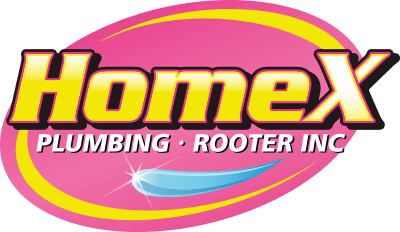Rust in pipes can spell trouble for your plumbing system, leading to corrosion, leaks, and water quality issues. Proactive measures can help avoid rust, and understanding when to replace rusty pipes is crucial for maintaining a healthy plumbing system.
Preventing Rust in Pipes:
- Regular Inspections:
Conduct routine visual inspections of exposed pipes. Look for any signs of rust, discoloration, or corrosion. - Invest in Corrosion-Resistant Pipes:
When installing or replacing pipes, opt for materials resistant to corrosion. Stainless steel, copper, and PVC are excellent choices that resist rust formation. - Control Water pH:
Acidic water can accelerate rusting. Test your water’s pH and, if necessary, install a water softener to maintain a balanced pH level. - Use Water Filters:
Install water filters to trap sediments and impurities that can contribute to rust formation. Regularly replace filters to ensure optimal efficiency. - Address Leaks Promptly:
Even small leaks can contribute to rust. Promptly fix any leaks in your plumbing system to prevent water exposure to vulnerable areas.
When to Change Rusty Pipes:
- Visible Rust:
If pipes show visible signs of rust or corrosion, it’s a clear indication that replacement is necessary. Rust compromises the structural integrity of the pipes. - Low Water Quality:
Rusty pipes can lead to discolored or foul-smelling water. If you notice a decline in water quality, it’s time to investigate and consider replacing affected pipes. - Frequent Leaks:
Persistent leaks, especially around joints or rusty areas, are a red flag. These indicate that the pipes are deteriorating and need attention. - Reduced Water Pressure:
Rust buildup can constrict the flow of water, leading to reduced water pressure. If you experience a noticeable decrease in pressure, rusty pipes could be the culprit. - Age of Pipes:
Pipes have a lifespan, and if your plumbing system is composed of aging pipes, consider replacing them proactively to prevent rust-related issues.
Conclusion:
Avoiding rust in pipes is a proactive endeavor involving regular inspections, water quality management, and prompt leak repairs. Recognizing the signs of rusty pipes and knowing when to replace them ensures the longevity and efficiency of your plumbing system.





